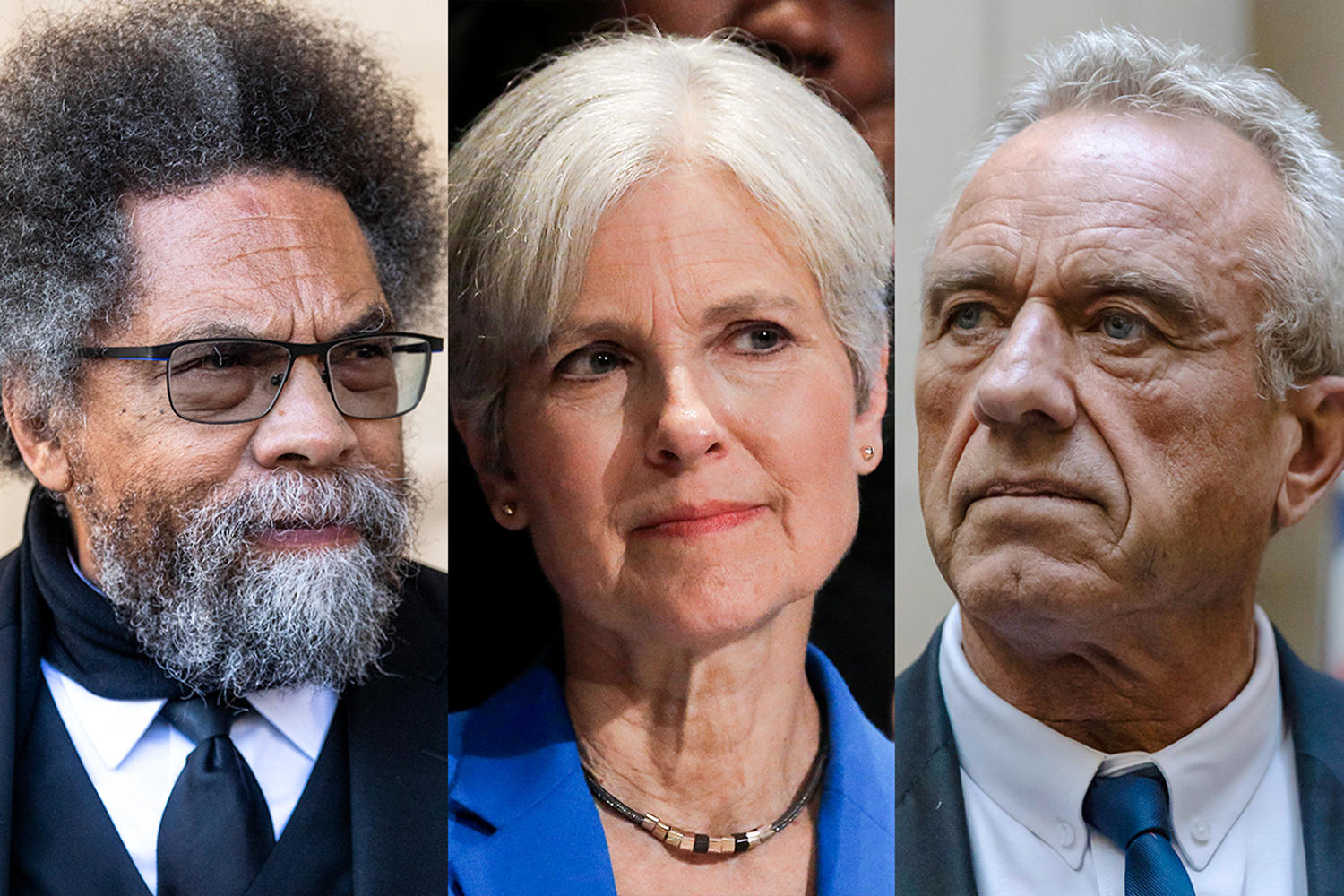
Third-party candidates have played a big role in deciding key presidential battleground states in the last few years — meaning which (and how many) candidates will actually be on the ballot state by state could matter a lot in a close election.
That reality has led to a series of protracted court battles over ballot access across the country. In recent weeks, state supreme courts in North Carolina and Michigan issued different decisions, allowing Robert F. Kennedy Jr. to remove himself from the ballot in the first state but keeping him on the ballot in the second state. After spending millions to get on state ballots, Kennedy has attempted to pull back since endorsing former President Donald Trump.
Kennedy initially sparked fears among Democrats that the descendent of one of the Democratic Party’s most storied families could jeopardize their path to the White House. But Kennedy’s base of support grew more and more right-leaning in 2024, eventually pulling more from people who might back Trump. And there are still other third-party candidates, including some familiar faces and some new ones, whose presence on key state ballots could affect the November results.
Michigan and Wisconsin are set to have the most crowded presidential ballots, while there will be just a couple well-known third-party options on the ballots in Arizona and Pennsylvania (where certification is still pending as of mid-September) and just one in Nevada.
Along with Michigan, critical Wisconsin is the other swing state where Kennedy has not been able to remove himself from the ballot — though he is asking a court to allow him to do so.
Why it matters
Democrats don’t have to look far into the past to find an election in which a robust third-party vote contributed to their defeat. In 2016, 6% of all voters cast votes for third-party candidates, a dynamic that helped to lower the share of the vote Trump needed to win in key battleground states. In 2020, when the third-party share dropped to 2%, and Joe Biden defeated Trump.
Libertarian and conservative-leaning candidates have long helped Democrats eke out victories in certain presidential and down-ballot races, while more progressive candidates have long helped Republicans in other races.
But after the 2020 election in which key states were decided by just tens of thousands of votes, and ahead of a fall where similar margins are expected across the electoral battlefield, which candidates ultimately make it onto the ballot matters.
The situation is still in some flux, too, at least for the moment. Future court decisions and ballot certifications might change the landscape at any moment. But this is where third-party candidates’ battleground ballot access efforts stand at the moment.
